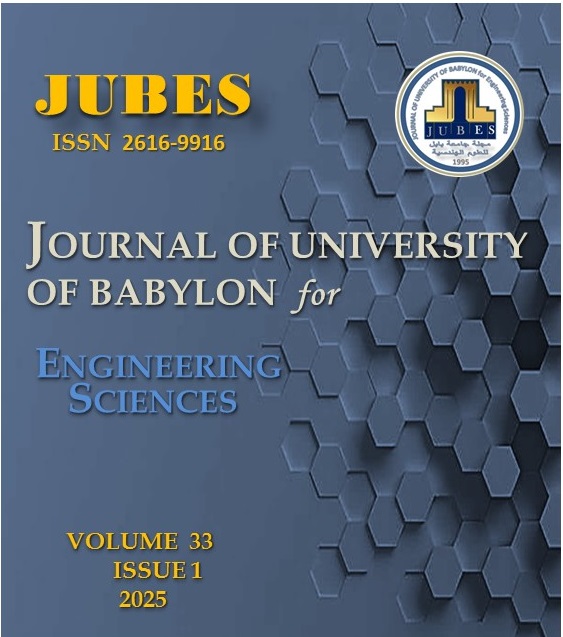Natural Adsorbents For Heavy Metal Removal of Industrial Waste Water: Review Study
Main Article Content
Abstract
Heavy metals found in industrial effluent can pose serious threats to the human health and environment, Because of their ecological durability and toxicity. One crucial stage in the wastewater treatment is the removal of these contaminants. Of the several methods employed, adsorption is found to be a cost effective method for heavy metals removal. This procedure depends on sorbents—natural or synthetic—that can attach to metal ions and extract them from water. This study focused on reviewing the role of researchers in finding inexpensive adsorbent materials, environmentally appropriate sorbents, particularly for natural materials and agricultural and industrial wastes. These materials' availability, affordability, and high adsorption efficiency of define them. Demonstrating their capacity to extract heavy metals from effluent from industries. pH, contact time, concentration of metals, temperature, and the adsorbent dose amount were among the influencing parameters that were examined. Every one of these elements is essential in establishing the total adsorption capacity. Among the models most commonly used by researchers to study adsorption behavior, the Langmuir and Freundlich models are the most popular and widely used in environmental and industrial applications. The Langmuir model is characterized by its ability to describe adsorption on a homogeneous surface in a single layer formation, making it ideal for determining the maximum adsorption capacity, which is suitable for many materials with specific adsorption sites. For the reundlich model, is characterized by its flexibility in dealing with heterogeneous surfaces and multilayer adsorption interactions, making it suitable for systems of a complex nature. The popularity of these two models is due to their simplicity and accuracy in representing experimental data in a wide range of applications.
Downloads
Article Details

This work is licensed under a Creative Commons Attribution 4.0 International License.
